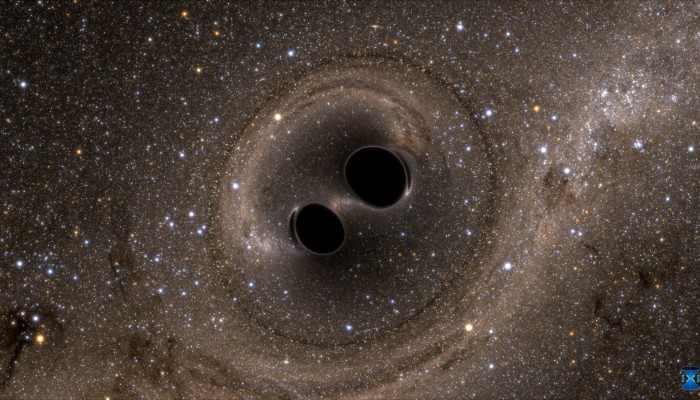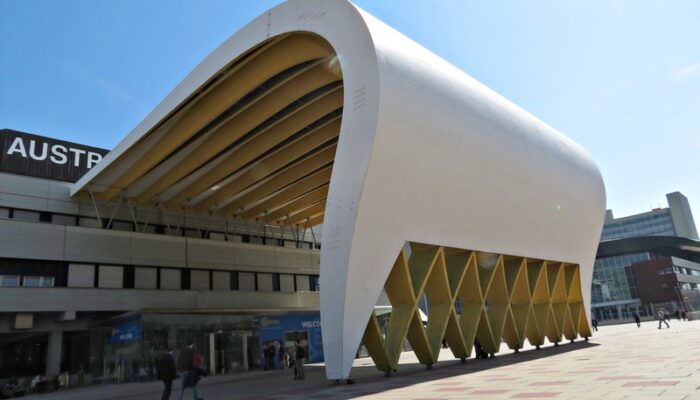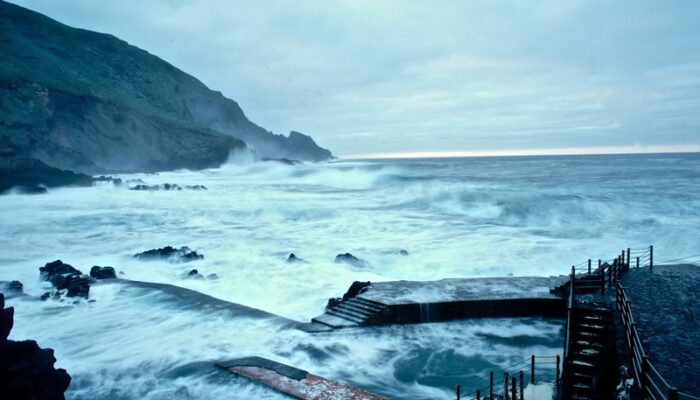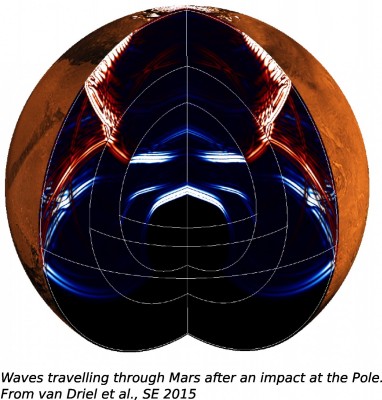This years general assembly is over and its buzz still ringing in my ears. Here are a few spotlight impressions fresh off my mind. In the coming days and weeks, the complete brand new ECS representative team will present itself on the blog, and we will update you in more detail about highlights and low points of the conference. SCIENCE! Do we have to mention it was amazing? Yes, I’ve heard people ...[Read More]
Listen to the … massive black hole merger song!

I bet you were every bit as excited as me about the recent announcement of the detection of gravitational waves at two locations of the Laser Interferometer Gravitational-Wave Observatory LIGO*. These waves were sent out to space-time by the merger of two black holes. Call me a nerd, but after reading the news I soon started wondering: What sort of periods do these waves have? In my imagination, s ...[Read More]
Listen to the hum
A new global S-wave model has recently been published in Geophysical Journal International. While this sounds exciting enough to tomographers and geodynamicists, this model has been constructed in a rather avant-garde way, too. It is one out of only two global tomographic models ever to be made based on the Earth’s background oscillations, that is long-periodic seismic noise also known as Earth’s ...[Read More]
Brewing wiggles on Mars
Creating 1 Hz-seismograms in a 3-D Earth model, and comparing them to observed body waves, is a dream that’s today still too expensive for routine use. But even tackling the problem for a spherically symmetric Earth poses certain challenges. Recently, a new tool entered the stage (you might have followed the Solid Earth discussion): Instaseis allows users to extract seismograms for a spherically s ...[Read More]



